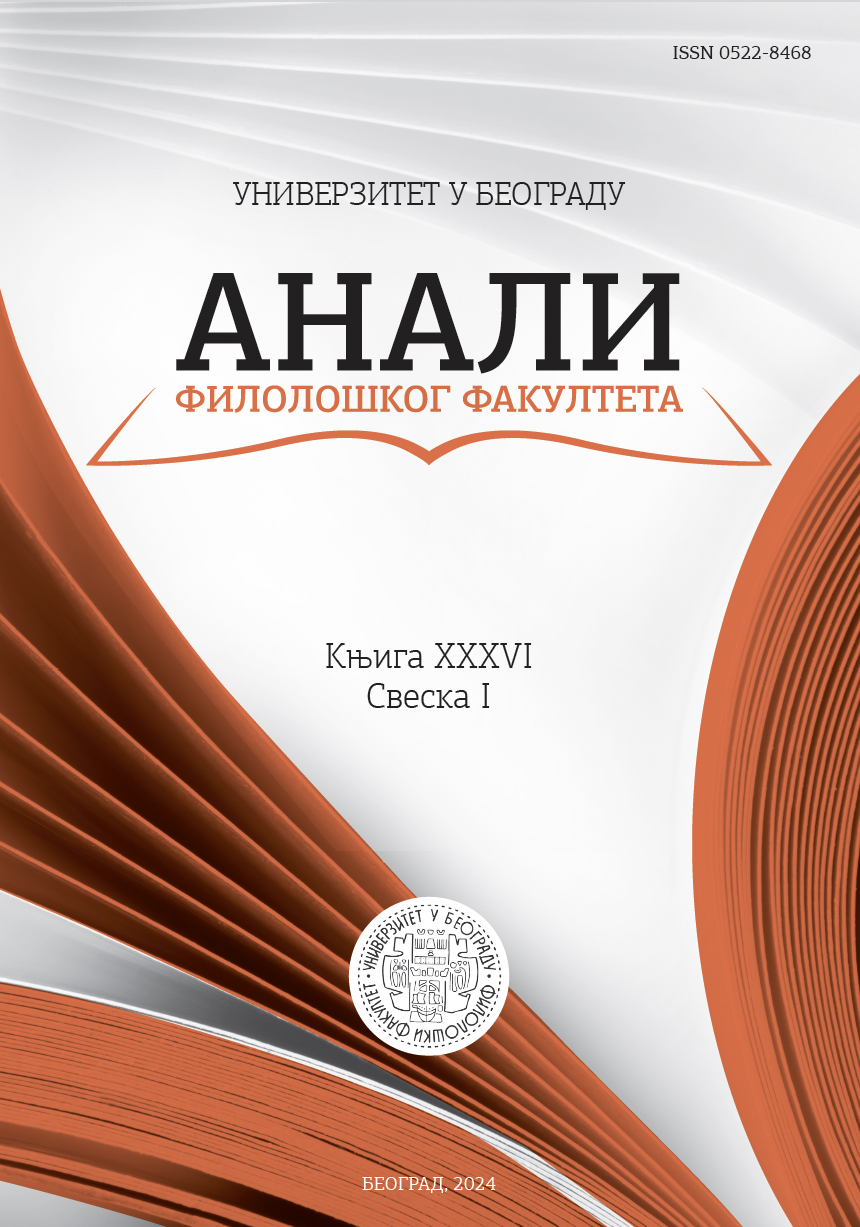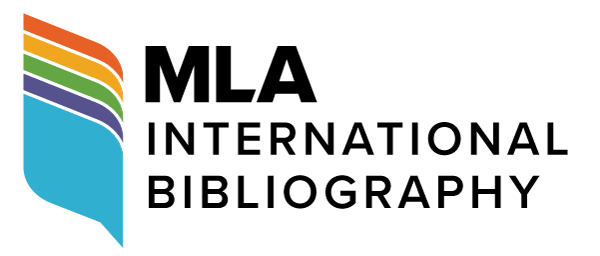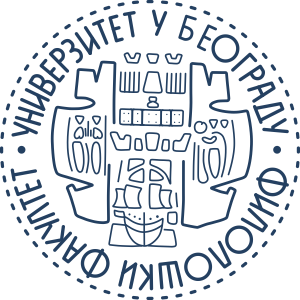Aspects of a Minor Literature in Katherine Mansfield’s New Zealand Stories
DOI:
https://doi.org/10.18485/analiff.2024.36.1.16Кључне речи:
Katherine Mansfield, New Zealand stories, minor literature, deterritorialization, onomatopoeia, narrative ruptures, oneirism, children, free indirect discourseАпстракт
While Katherine Mansfield spent the most important years of her career – approximately the 1910s – at the centre of the flourishing modernist movement, she still produced several stories which are set in her native New Zealand. Observing Mansfield as an author who was at the time in many ways on the margins of English literature, this paper approaches her New Zealand stories from the theoretical framework offered by Gilles Deleuze and Félix Guattari’s concept of a ‘minor literature’. Our analysis of eleven short stories identifies those elements that arguably contribute to describing these New Zealand stories as a minor literature. The identified elements, which are illustrated with numerous examples, include onomatopoeic effects of the texts, narrative ruptures/gaps, the intrusion of dreamwork or oneiric states in the narrative discourse, the imagery and perspective of children and animals, and frequent use of (unattributed) free indirect discourse. The combination of these elements deterritorializes the language of Mansfield’s New Zealand stories and endows them with a political and collective value, as well as the revolutionary literary impulse, thus making them a proper example of a minor literature.
Downloads
Downloads
Објављено
Број часописа
Рубрика
Лиценца

Овај рад је под Creative Commons Aуторство-Дели под истим условима 4.0 Интернационална лиценца.
Authors who publish with this journal agree to the following terms:
- Authors are confirming that they are the authors of the submitting article, which will be published (print and online) in the journal Anali filološkog fakulteta by the Faculty of Philology, University of Belgrade (Faculty of Philology, Studentski trg 3, 11000 Belgrade, Serbia). Author’s name will be evident in the printed article in the journal. All decisions regarding layout and distribution of the work are in hands of the publisher.
- Authors guarantee that the work is their own original creation and does not infringe any statutory or common-law copyright or any proprietary right of any third party. In case of claims by third parties, authors commit their self to defend the interests of the publisher, and shall cover any potential costs.
- Authors retain copyright and grant the journal right of first publication with the work simultaneously licensed under a Creative Commons Attribution-ShareAlike 4.0 International License that allows others to share the work with an acknowledgement of the work's authorship and initial publication in this journal.
- Authors are able to enter into separate, additional contractual arrangements for the non-exclusive distribution of the journal's published version of the work (e.g., post it to an institutional repository or publish it in a book), with an acknowledgement of its initial publication in this journal.
- Authors are permitted and encouraged to post their work online (e.g., in institutional repositories or on their website) prior to and during the submission process, as it can lead to productive exchanges, as well as earlier and greater citation of published work.





